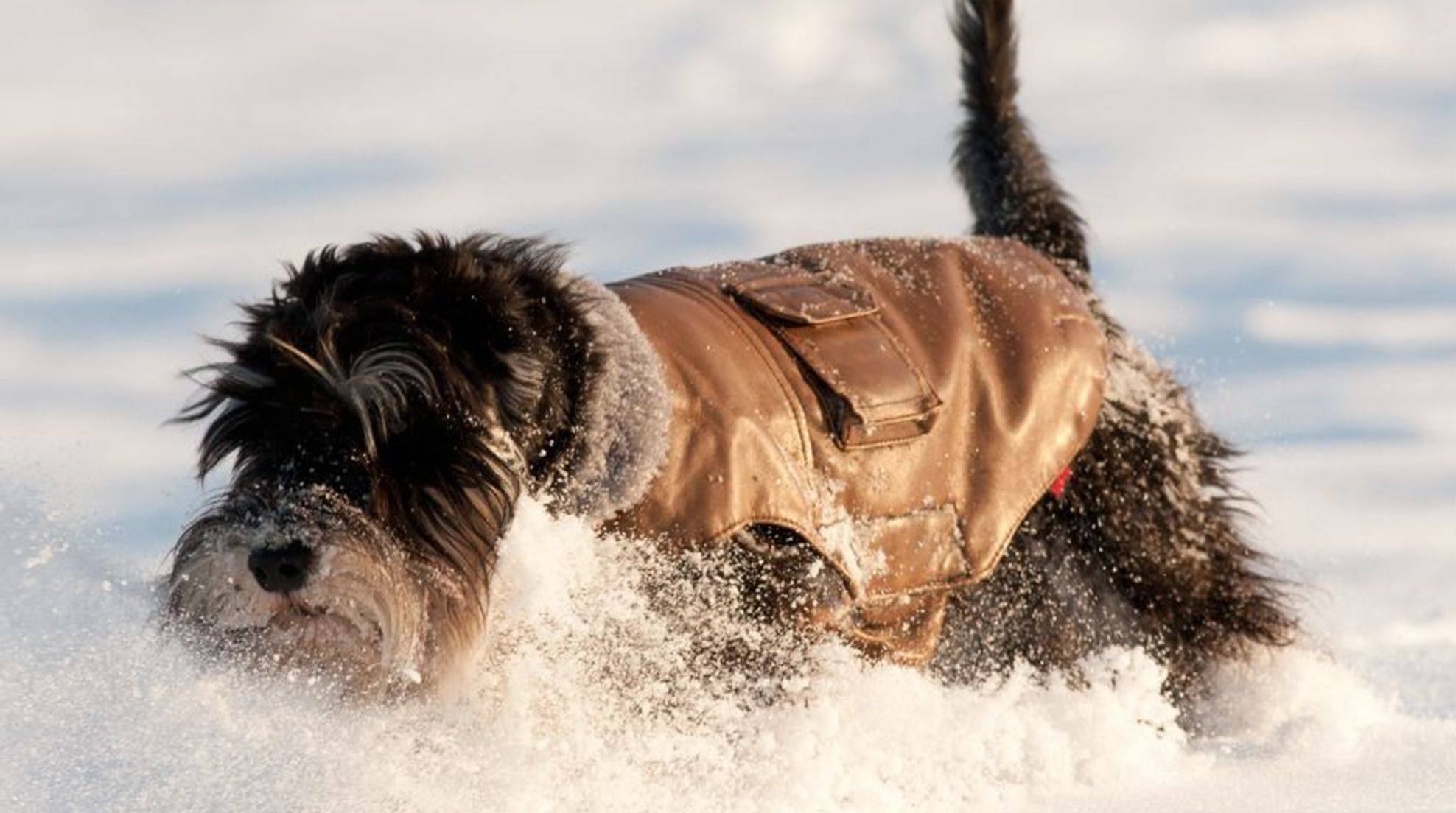
Winter Dog Attire: Beneficial or Unnecessary?
Winter equipment: essential or frivolous? The community of dog owners is divided on the subject of clothing for dogs. The decision to use a warm coat for your dog during winter is based on several factors such as the amount of exercise, coat thickness, and age.
What about a coat for your dog? Few years ago, dog clothes were mostly associated with lapdogs wearing designer pink outfits. More and more dog owners now realize the benefits of dog clothes. Dogs with thin coats, old dogs and sick dogs can all benefit from winter dog clothing.
The best dog clothing for thin-fur dogs
Nature usually dresses dogs for winter. Most breeds develop a thicker fur in the fall. The undercoat of dogs thickens due to hormonal control during the skin change.
This does not apply to all dog breeds. The Mexican Chihuahua is the best example, as it was bred to thrive in a warmer climate. The small quadruped, with its thin body and thin coat, freezes quickly in the Central European winter. Some larger dog breeds have light coats that are lacking in undercoat. Dalmatians, German Boxers, and Dobermans are some of the breeds that fall into this category. In winter, even naked dogs need to be dressed warmly.
Small or very thin dogs also need special thermal protection. Greyhounds have a very short coat and no fat layer on their ribs to protect them. Even if their coats are thick or long, small dogs cool down more quickly than larger dogs. Their belly is also closer to colder ground, so they freeze more quickly.
What you should look for when buying dog clothes that are functional?
You should never compromise on functionality for the sake of fashion when your dog is in need of extra protection against the winter cold. A dog jacket or coat must provide enough warmth, protection from moisture and allow the dog to move freely.
When choosing dog clothing, you should pay particular attention to the belly. This area is often covered with thin hairs, particularly in puppies. Dog coats are often just a blanket that is closed at the bottom by a belt. Here, choose a garment which also protects your dog’s sensitive belly.
Dog booties, which are small boots to protect the sensitive paws of dogs, can be an important addition to their clothing in winter when there is road salted snow or ice on the ground.
Do it yourself tips for dog clothing in winter.
You can make your own dog clothes if you cannot find any suitable clothing in the stores. You will need to carefully measure your dog’s neck circumference and leg circumference. Also, the distance between legs and the back length are important. As a material, you can use old sweaters, shirts and fleece jackets. Even baby or children’s clothes can fit your dog with little to no modification. You will have fun knitting or crocheting a sweater for your dog if you are able to do so.

